What is hypothyroidism in dogs? A vet explains this common (and misunderstood) condition
Recognize the signs, understand the causes, and explore treatment options of this common hormonal condition
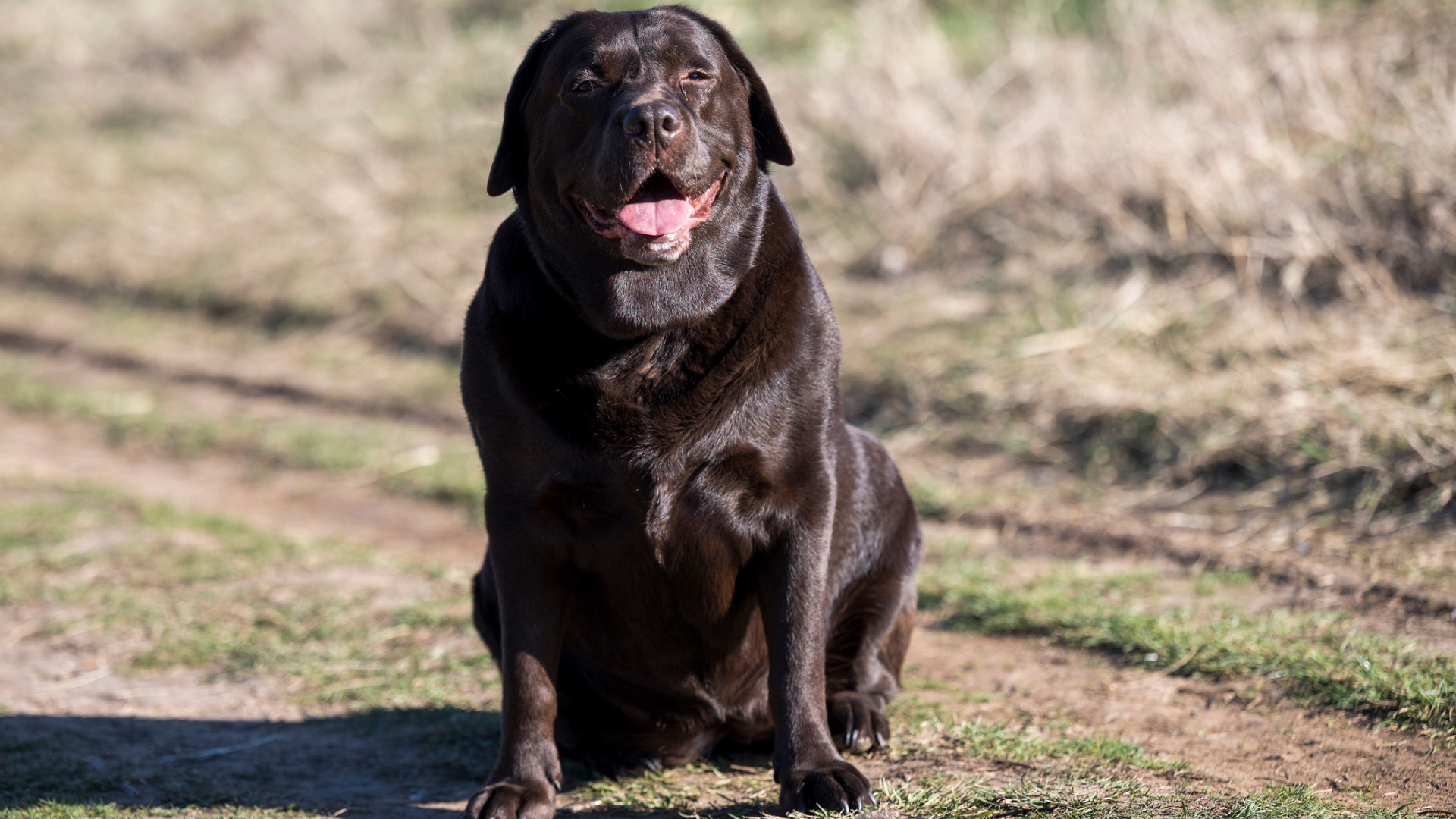
As a vet with nearly 14 years of experience treating dogs of all shapes and sizes, I’ve diagnosed and managed many cases of hypothyroidism in dogs. This hormonal condition is surprisingly common in our canine companions and, if left untreated, can significantly impact their quality of life. Thankfully, with the right diagnosis and treatment plan, most dogs go on to live happy, healthy lives.
Hypothyroidism in dogs can be tricky to spot at first. The signs are often subtle and can mimic other issues, making it a bit of a diagnostic puzzle. Owners often come to me saying their dog seems "just not quite right" – maybe they've slowed down, put on weight, or their coat has lost its usual shine.
In this article, I’ll explain exactly what hypothyroidism in dogs is, what causes it, how to spot the signs, and what treatment options are available. Whether you’re worried about your own dog or simply keen to learn more, read on to find out more.
What is hypothyroidism in dogs?
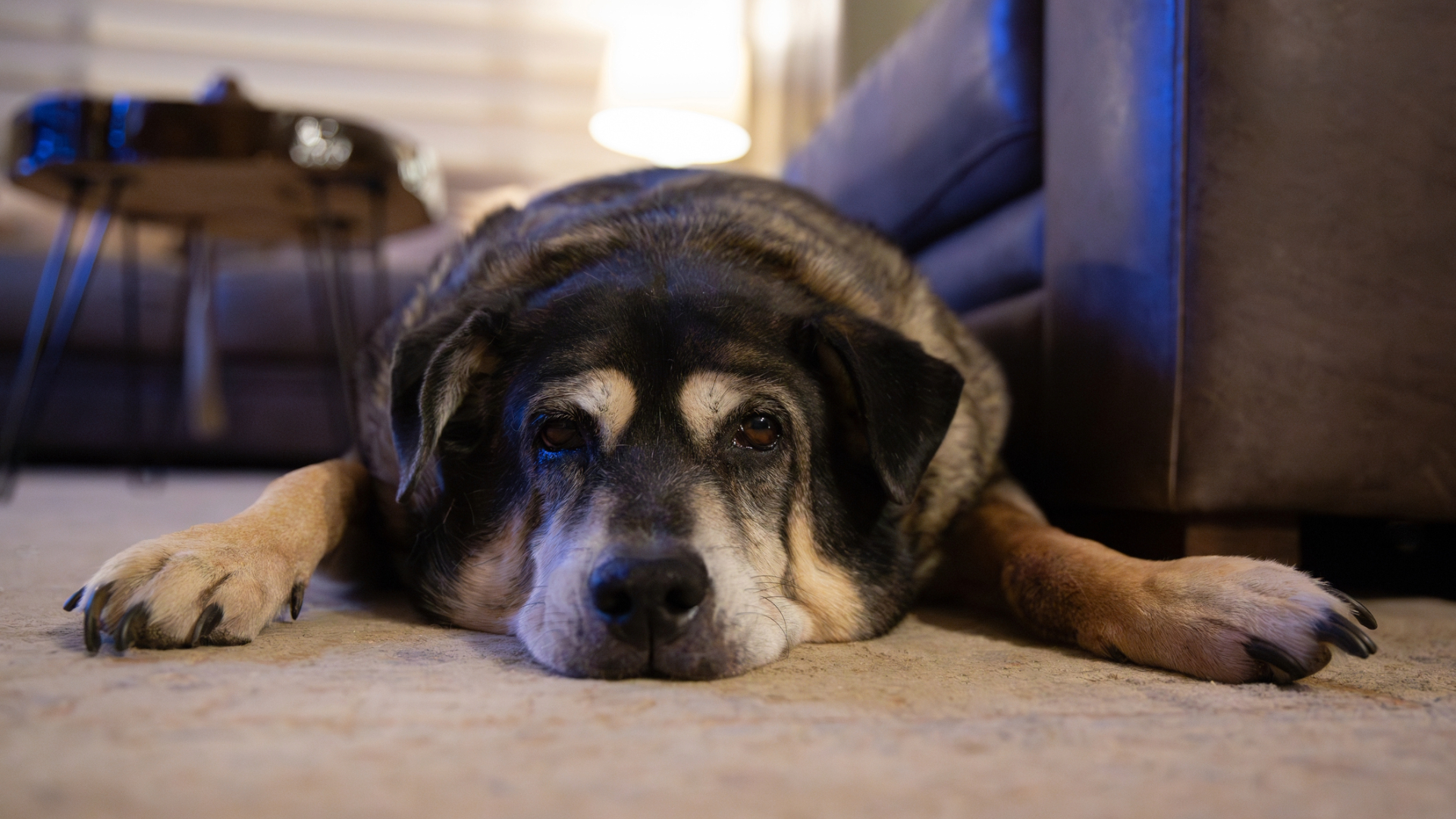
Hypothyroidism is a condition where the thyroid gland, located in the neck, doesn’t produce enough thyroid hormones – primarily thyroxine (T4) and triiodothyronine (T3). These hormones play a crucial role in regulating your dog’s metabolism, which is essentially how their body uses energy.
When the thyroid doesn’t produce enough of these hormones, the body’s metabolic processes slow down. This affects almost every system in the body, from how your dog digests food and maintains body temperature, to how their skin and coat renew.
In dogs, hypothyroidism is almost always caused by a problem within the thyroid gland itself (known as primary hypothyroidism). It’s most commonly seen in middle-aged, medium-sized to large breed dogs, with breeds like the golden retriever, Labrador Retriever, Doberman Pinscher and cocker spaniel being more predisposed.
What are the signs of hypothyroidism in dogs?
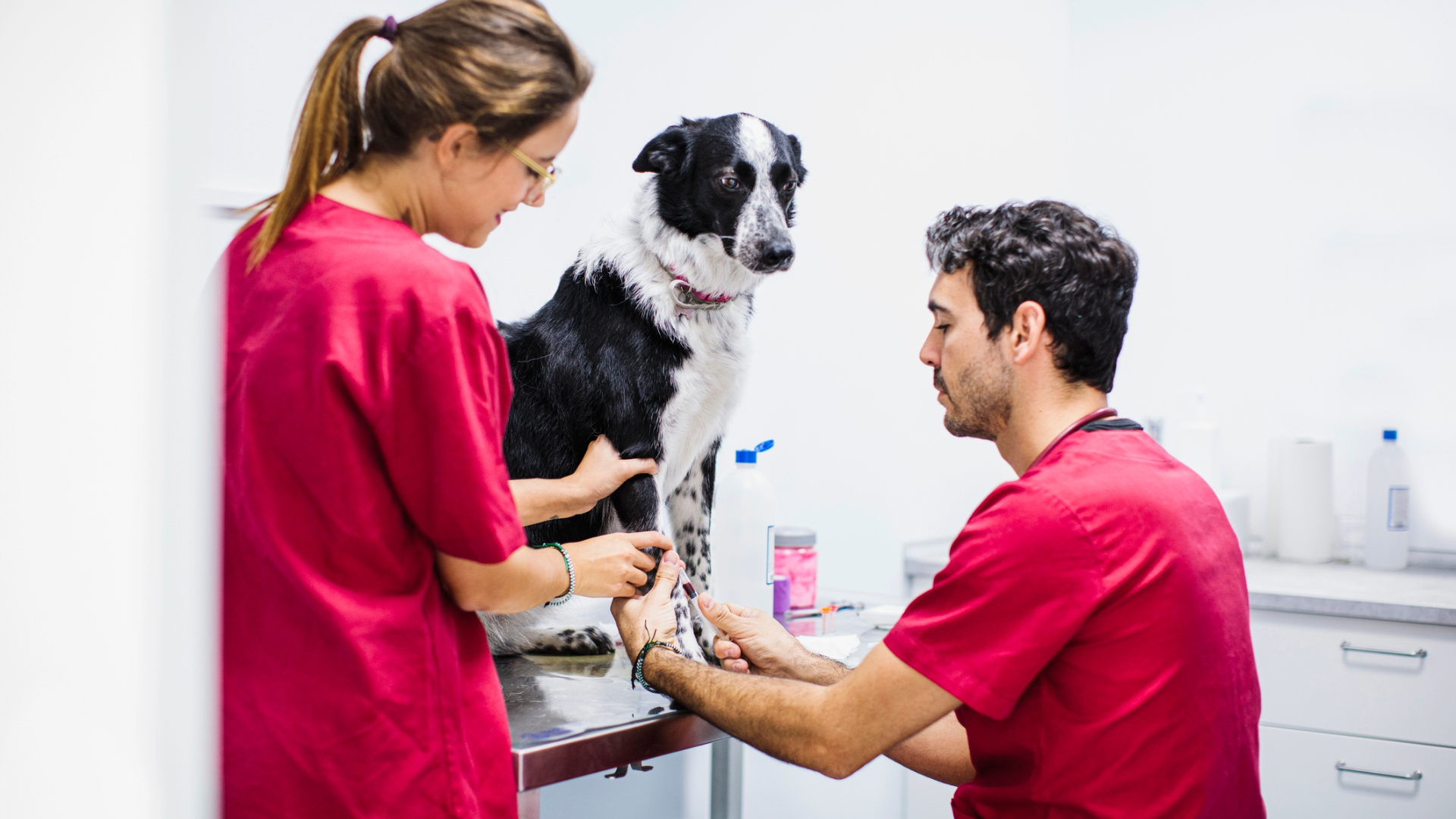
The clinical signs of hypothyroidism in dogs can be varied and subtle at first. They tend to develop gradually, which can make it tricky for owners to spot what’s going on. You might notice one or two of the following signs initially, and more may appear over time:
Get the best advice, tips and top tech for your beloved Pets
- Lethargy or reduced activity levels: Dogs may seem more tired, sleep more, or be reluctant to go for walks.
- Weight gain without increased appetite: Despite eating the same (or less), your dog may gain weight.
- Hair loss: Typically symmetrical and affecting the sides of the body, tail, and back of the thighs.
- Dry, dull coat and flaky skin: You may notice dandruff or coarse, brittle fur.
- Cold intolerance: Your dog may seek out warm spots or shiver more easily.
- Slow heart rate (bradycardia): This is something a vet may pick up during a physical exam.
- Recurring skin or ear infections: Often due to poor skin health or secondary infections.
- Neurological signs: In rare cases, dogs may develop weakness, head tilt, or facial nerve paralysis.
It’s worth remembering that these signs can also be seen with other health issues, especially skin conditions, so your vet will likely recommend blood tests to confirm a diagnosis. Some owners report behavioral changes too, such as increased anxiety.
What causes hypothyroidism in dogs?
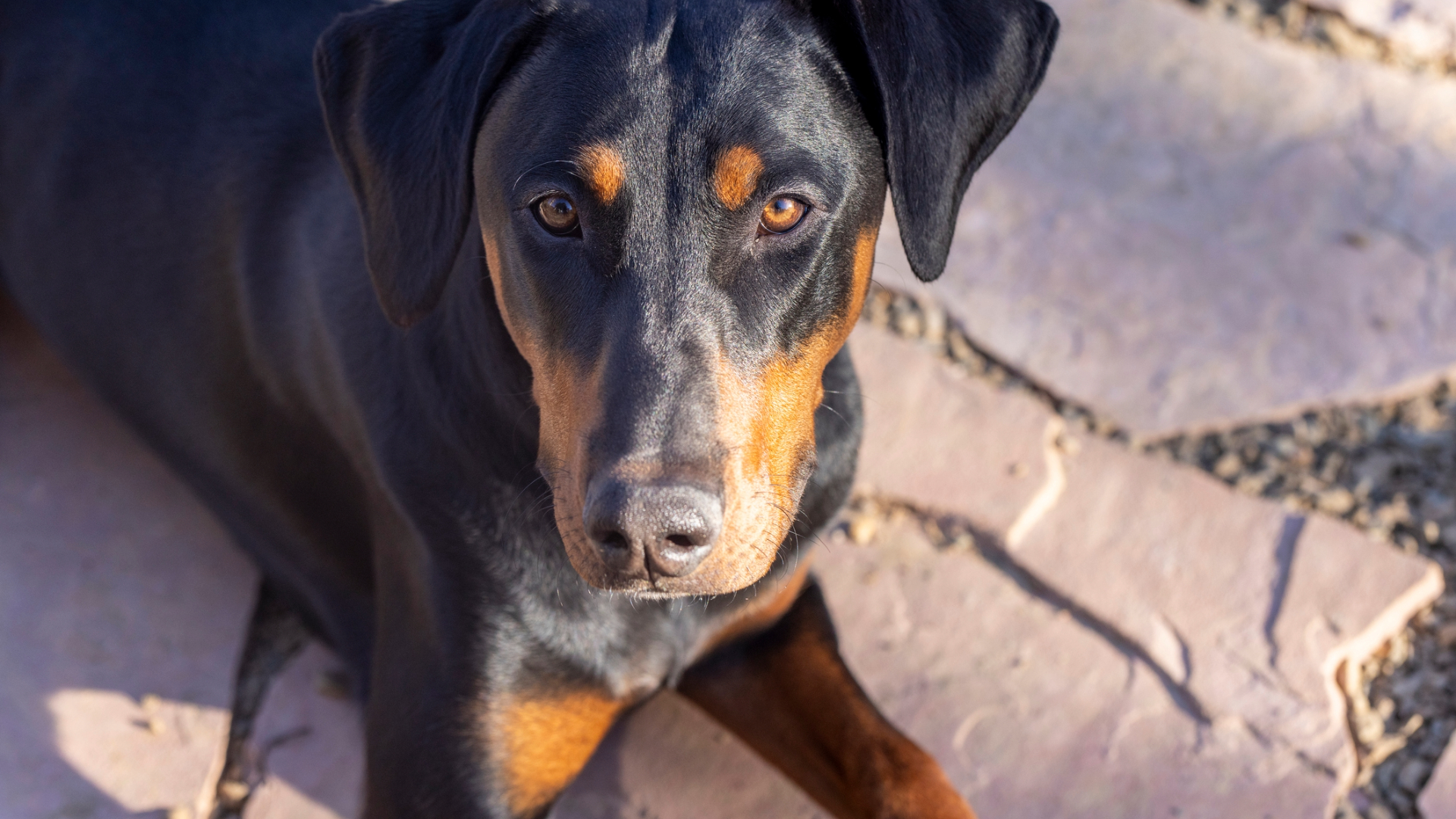
As mentioned earlier, primary hypothyroidism is the most common form in dogs – this means the problem originates in the thyroid gland itself. The two main causes of primary hypothyroidism are:
1. Lymphocytic thyroiditis
This is an autoimmune condition where the dog’s immune system mistakenly attacks the thyroid gland. Over time, this leads to inflammation and destruction of thyroid tissue, reducing hormone production. It’s believed to be inherited in some breeds.
2. Idiopathic thyroid atrophy
In this form, the normal thyroid tissue is gradually replaced with fatty tissue, for reasons we don’t fully understand. Like lymphocytic thyroiditis, this results in a reduction of hormone production over time.
Less commonly, dogs can have secondary hypothyroidism, where the pituitary gland (which controls the thyroid) fails to produce enough thyroid-stimulating hormone (TSH). This is rare and usually associated with brain trauma, tumors, or congenital defects.
It’s important to note that hypothyroidism in dogs is not the same as in people – in dogs, dietary iodine deficiency and congenital hypothyroidism are extremely rare.
What is the best treatment for hypothyroidism in dogs?
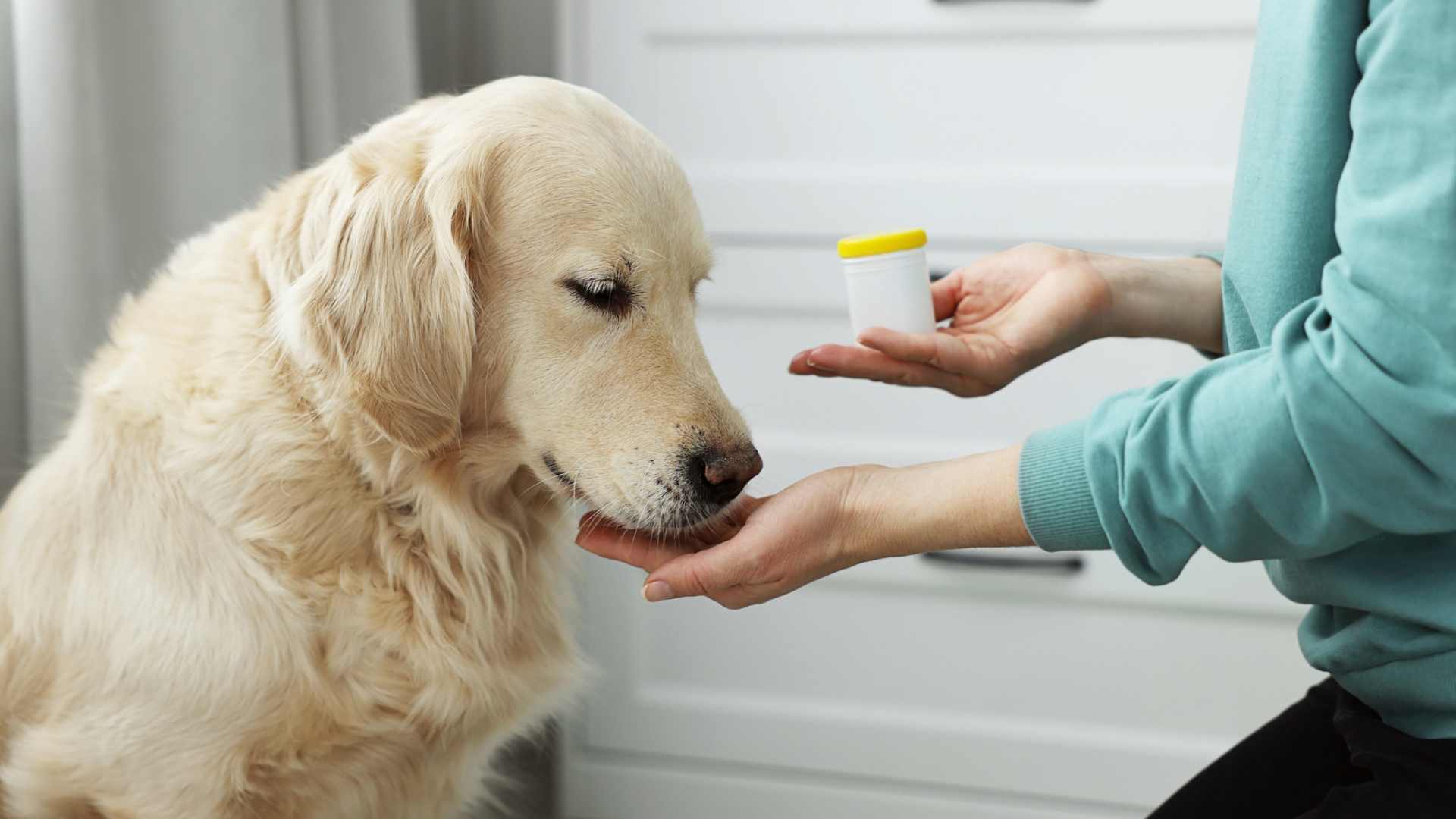
The good news is that hypothyroidism in dogs is very manageable with the right treatment. Once diagnosed, your dog will usually need lifelong hormone replacement therapy. Here’s how we treat it:
- Levothyroxine supplementation: This is a synthetic form of the thyroid hormone thyroxine (T4). It’s given by mouth, usually twice daily to begin with, although some dogs can eventually switch to once daily dosing. The exact dose is calculated based on your dog’s weight and individual response.
- Regular monitoring and blood tests: Your vet will need to check your dog’s thyroid hormone levels periodically, especially in the early stages, to ensure the medication is working effectively and to adjust the dose if necessary. It usually takes a few weeks to start seeing visible improvement in your dog’s energy levels and coat quality.
- Supportive care: Dogs with skin issues, infections, or weight problems may need additional supportive treatments like medicated shampoos, antibiotics, or dietary management until their hormone levels are back to normal.
With proper treatment, most dogs return to their normal selves – more energetic, healthier-looking and happier. However, it’s vital to stick to the treatment plan and not stop medication without veterinary advice.
How long can a dog live with hypothyroidism?
With a correct diagnosis and consistent treatment, dogs with hypothyroidism can live a completely normal lifespan. Once stabilized on the right dose of thyroid hormone, they can enjoy all the things they did before – whether that’s long countryside walks, playing fetch, or curling up on the sofa with you.
The key to long-term success is ongoing monitoring. Regular vet check-ups and blood tests (every six to 12 months in most cases) are essential to ensure hormone levels stay within the optimal range. If symptoms return or worsen, the dosage may need adjusting.
It’s also worth being mindful of other age-related conditions that may develop alongside hypothyroidism. Because many of the symptoms (such as lethargy or weight gain) can overlap with other diseases, it’s always a good idea to speak to your vet if you notice any changes in your dog’s health.
Hypothyroidism in dogs is a common and very treatable condition. Although the symptoms can be vague at first, with early detection and the right care, your dog can live a full and happy life.
If you’re ever concerned that your dog might be slowing down or not quite themselves, don’t hesitate to book a check-up – it’s always better to investigate sooner rather than later.
Read next: Arthritis in dogs or signs of dementia in dogs

Emma graduated from the Royal Vet College in London in 2011. She has a keen interest in surgery and went on to do a postgraduate certificate in small animal surgery and was then awarded advanced practitioner status in the same discipline.
Edited by Megan Milstead.
This page was last updated in July 2025 by Emma Chandley.
Emma Chandley is a vet with 14 years of experience and has a keen interest in surgery. After graduating from the Royal Vet College in London in 2011, she achieved a postgraduate certificate in small animal surgery from the British Small Animal Veterinary Association and Nottingham Trent University. She was then awarded advanced practitioner status in the same discipline by The Royal College of Veterinary Surgeons. She has a black Labrador and two pygmy goats at home.
